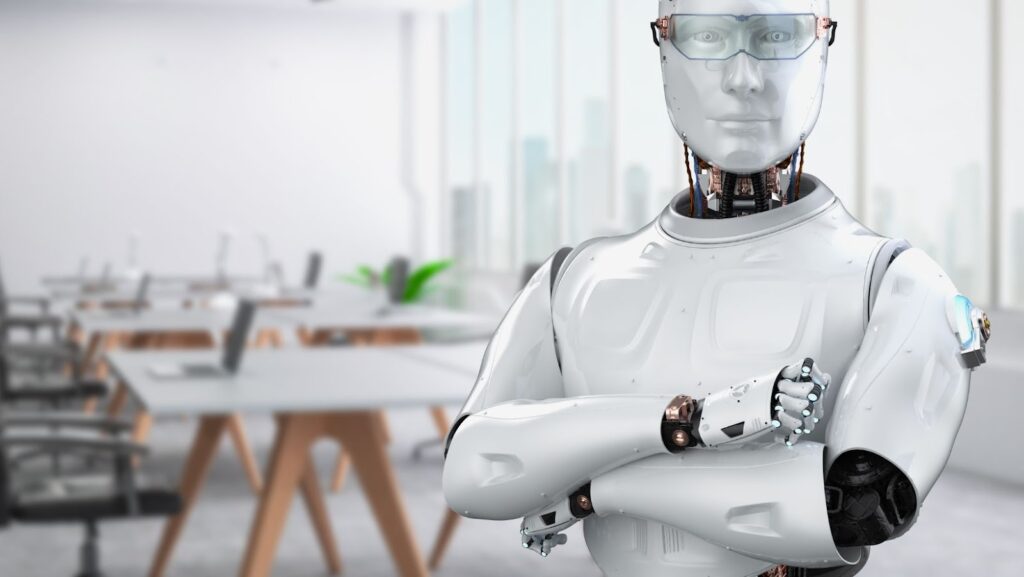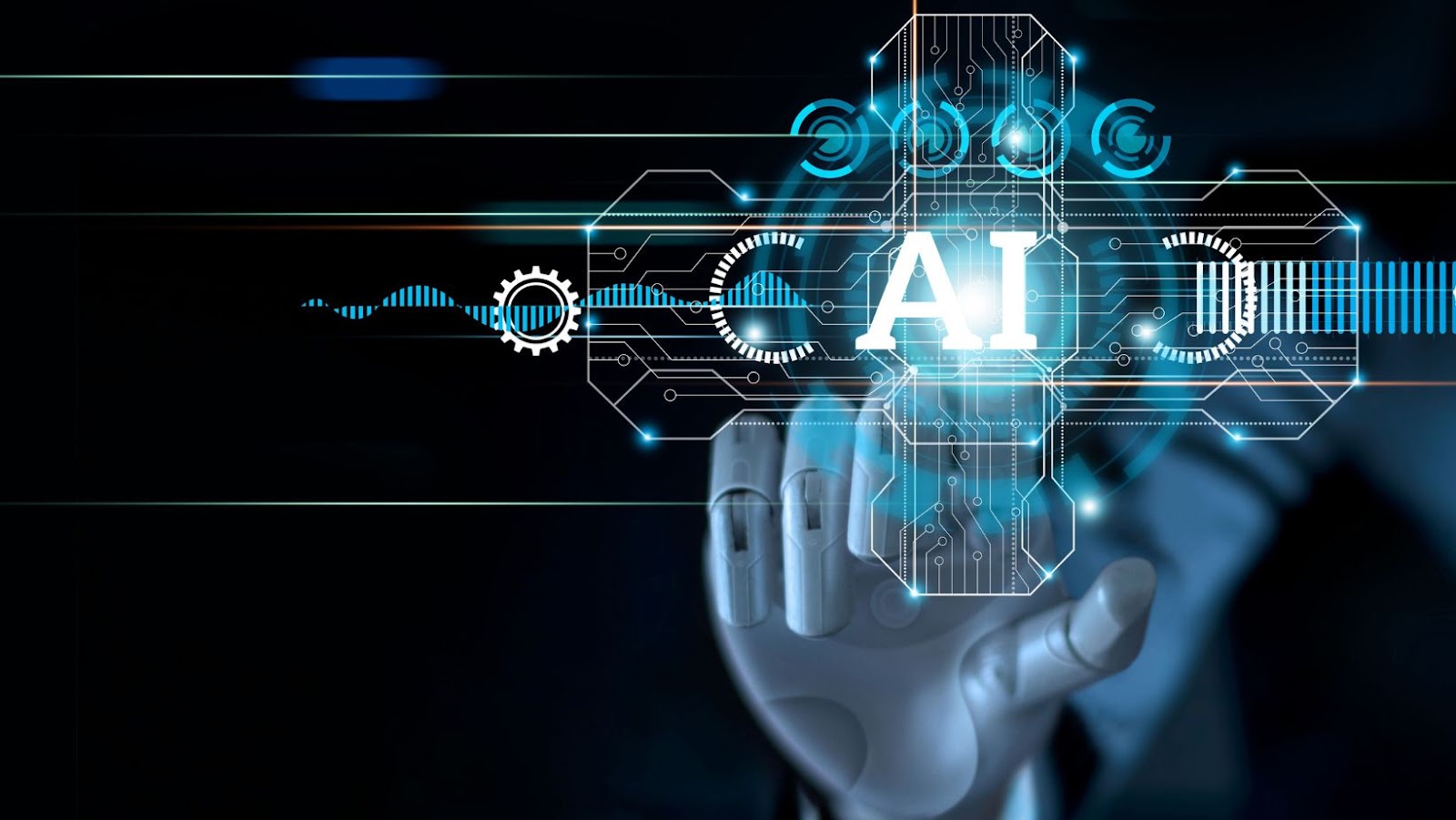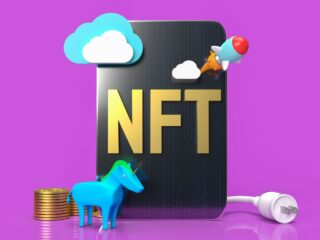
Physna, an artificial intelligence startup based in Atlanta, Georgia is using geometric deep-learning to revolutionise how 3D data is interpreted by a computer. Geometric deep-learning focuses on the relationships between the shapes of objects in 3D space. Physna exploits this concept by depicting 3D objects (drawn in CAD software) as nodes connecting, similar to how neurons connect in a neural network.
Unlike traditional methods that rely on numerical values to interpret and draw conclusions from data sets, geometric deep-learning uses the relationships between objects and their spatial composition to make sense of them. This offers unparalleled accuracy compared to conventional methods and allows for identifying minute objects or differences within a structure that might be missed with more rudimentary techniques.
In short, Physna is reimagining how we interact with CAD models and other 3D datasets by leveraging geometric deep-learning for better object detection, comparison, analysis and intelligence gathering. In addition to its wide applications in engineering and manufacturing design prototyping validation it also has implications for other areas such as healthcare medical image analysis satellite imaging virtual reality information security architecture construction etc. In this article we’ll look at how Physna utilises geometric deep-learning technologies.
What is Geometric Deep-Learning?
Geometric deep-learning is an area of machine learning that seeks to apply deep neural networks to data with geometric structure (such as images, graphs, and meshes).
Sequoia Leads invested $20M Series B in Physna, an Ohio-Based Geometric Deep-Learning Startup.
In this section, we’ll get into the details of geometric deep-learning and how Physna uses it to revolutionise 3D search.
Overview of Geometric Deep-Learning
Geometric deep learning is an advanced machine learning method that incorporates geometry into artificial intelligence’s neural networks and graphs. It works by building layers of data that the algorithm uses to make connections between representations of concepts. This type of machine learning is particularly useful for making associations between objects, such as images or video, based on their geometrical properties such as shape or pathing.
Physna, a 3D search engine, has incorporated geometric deep-learning into its technology stack to accurately recognize intersections and closest points in complex 3D structures. With this technology, Physna can quickly analyse how two 3D parts interact and identify the designs that best suit each other without human input.
In addition to its use in effectivity optimization, geometric deep-learning can also be used for various applications, from computer vision recognition and object detection to natural language processing. Furthermore, the flexibility of this technique makes it well suited for any task that requires understanding spatial relationships such as autonomous driving and robotics.
How Physna is Using Geometric Deep-Learning
Geometric Deep-Learning is a new field of artificial intelligence (AI) in which order, structure and shape are used in data analysis tasks. It combines the symbolic learning power of deep learning with geometric algorithms, enabling machine learning models to learn from data with spatial characteristics. Machine learning algorithms can mimic complex human behaviour like recognition by “learning” from examples, while Geometric Deep Learning provides the ability to understand spatial relationships between data points. By including this aspect, the accuracy of machine learning models can be increased significantly.
Physna is leveraging this technology for its DataXReplace platform — a direct CAD-based model substitution software — to optimise what kinds of features need to be recognized for certain parts substitution, simplify feature recognition process, improve accuracy and reduce computation time and cost. With Physna’s platform, manufacturers can instantly replace existing parts with similar or enhanced parts — eliminating the need for expensive customization fees or costly re-engineering tasks that traditional product replacement processes would otherwise require.
Backed by Geometric Deep Learning technology and through analysing 2D/3D CAD representations like sketches and PLM/CAD database designs, Physna can quickly process large amounts of information without sacrificing accuracy or performance when referencing multiple model variants (e.g., Semiconductor chip design). This gives manufacturers unprecedented speed and capabilities when searching for suitable alternatives within massive parts databases from suppliers across their entire product lines, enabling them to make smarter decisions quicker than ever.
Sequoia Leads $20M Series B in Physna, an Ohio-Based Geometric Deep-Learning Startup
Physna, an Ohio-based geometric deep-learning startup, has received a $20M Series B fundraising round led by Sequoia. The additional funding will be used to expand the existing deep-learning platform – Physna. This platform helps customers to identify patterns in 3D geometries with AI-driven deep-learning techniques.
In this article, we will discuss the importance of this investment and how it can benefit Physna in the future.
Overview of the Investment
On June 17, 2020, Sequoia Capital announced they have led a $20 million Series B in Physna with participation from existing investors NGP and Osage University Partners. The investment will develop their revolutionary 3D search engine for applications across multiple sectors.

Using geometric-deep learning algorithms, the Physna platform takes scanned 3D geometries and compares them to stored data for fast analysis and creativity. This next generation technology allows for instant recognition of parts or products; a desired feature for professionals in any industry ranging from medical device design to commercial engineering.
The technology not only reduces transaction times but also provides a higher accuracy rate. In addition, its ability to run through complex checks quickly makes it an ideal solution when making large scale decisions, such as fuel efficiency when flying commercial jets or detecting potential machine failure early enough so maintenance costs are minimised.
The Physna team has already created successful applications of this technology including 3D web search engines, VR/AR Product Experiences, Workflow Automation Platforms and Digital Twinning Solutions which revolutionise how consumers interact with physical objects – turning once-static products into personalised digital experiences that add tremendous value.
How the Investment Will Help Physna
The investment from Sequoia in Physna is an important milestone in the startup’s development, and it will help them to accelerate their mission of bringing AI-powered 3D search to the enterprise. In addition, the funds will be used to expand their team and fulfil strong customer demand for their digital twin technology.

Physna uses Geometric Deep Learning (GDL) technology, which enables 3D search and can quickly find objects within 3D models that match a specific query. This technology allows users to quickly navigate large datasets and collaborate on complex CAD designs, which can take days or even weeks in an enterprise setting.
With this investment, Physna plans to add new hires specialising in software engineering, product design, data science, applied machine learning, and geometry algorithms. Additionally, they plan to grow their engineering leadership team with C-level execs with experience scaling high-growth companies with emerging technologies.
The funding round was led by Sequoia Capital’s Seed Group with participation from existing angel investors. It will also enable them to increase R&D investment and expand marketing efforts aimed at digitising global businesses worldwide—all while maintaining industry standards for cybersecurity and privacy protection.
Impact of Physna’s Geometric Deep-Learning
Physna, an Ohio-based startup, just raised a $20M Series B round led by Sequoia. Physna’s Geometric Deep-Learning supports and develops various applications, such as automated design and 3D printing with CAD/CAM data, 3D scanning solutions, and more. This technology can potentially revolutionise many industries, and it’s important to understand the impact of Physna’s Geometric Deep-Learning.
This article will discuss the real-world implications of this groundbreaking technology.
Benefits of Geometric Deep-Learning
The impact of geometric deep-learning algorithms has been incredibly transformative in fields such as engineering, architecture, computer vision, robotics, and medicine. Leveraging mathematical techniques such as graph theory to map data provided enhanced insights into the applications achieved with graph neural networks. Physna’s use of this technology within its products has enabled numerous advances in ease-of-use and functionality.
Graph networks learn relationships between objects without traditional supervised learning approaches. By applying an unsupervised analytic technique to graphs (such as images, text or 3D models) they can classify objects within a dataset quickly and accurately at scale. This type of unsupervised learning helps identify trends illusive when using more traditional methods. Using these technologies in conjunction with AI to drive auto-labelling via rule-based systems speeds up tedious and labour intensive tasks, allowing for a much faster turnaround when automating activities such as facial recognition and image classification.
Physna’s Geometric Deep Learning technology is used across a breadth of products from automated system documentation through CAD Drawing simplification and 3D FEA meshing – all safe in the knowledge that performance is guaranteed by running in the cloud on dedicated hardware for optimum performance and security. In addition, this technique dramatically increases efficiency for engineers affected by tight deadlines – meaning designs can be more accurate with higher quality visualisations available sooner than usual.
Potential Applications of Geometric Deep-Learning
Physna’s geometric deep-learning is a pioneering application of artificial intelligence technology. Its potential applications range from visual recognition and robotics to design automation and optimization.

Geometric deep-learning works by interpreting digital representations of physical objects in 3D. This makes it possible to do entirely new tasks such as analysing real-world objects without manual input or traditional computer vision techniques. For example, Physna’s software creates an accurate 3D representation of an object and then applies deep learning models to understand its geometry. This makes it possible to analyse complex shapes more quickly and accurately.
There are many potential applications of geometric deep-learning, and experts predict new uses will only continue to emerge with time. Currently, the technology is utilised for design automation, product identification, 3D printing verification and Quality Control (QC), Computer Aided Design (CAD) data analysis, robot vision systems, medical device analysis, facial recognition systems and more. As geometric deep-learning algorithms continue to improve with time, experts anticipate that the opportunities it provides will also expand exponentially.
tags = Sequoia, Physna, $20M, Ohio-Based Geometric Deep-Learning Startup, 3D search solutions company, Codifying 3D World, physna cincinnatibased 3d sequoiawiggersventurebeat, founded in 2016, AR/VR model












